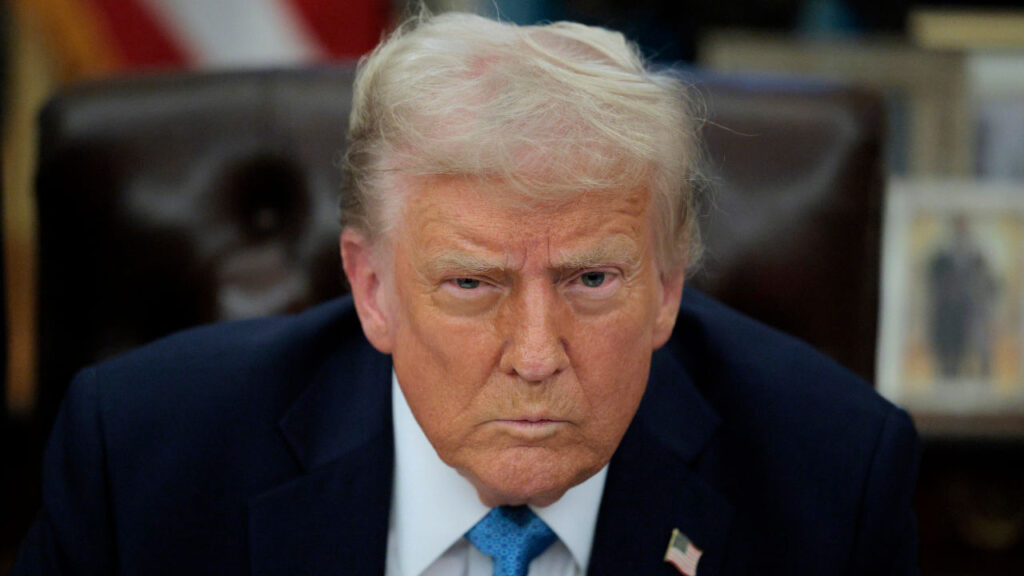Less than two weeks after taking office, President Donald Trump made a monumental decision that would reverberate throughout the global economy: he announced substantial tariffs on America’s three largest trading partners. This bold move has raised concerns about the onset of a global trade war. On February 1st, with a series of executive orders, he instituted a 25% tariff on imports from Canada and Mexico, while also imposing a 10% tariff on Chinese imports. Despite Trump’s public commitment to this policy during his campaign, the swiftness and scale of his actions sent shockwaves through the international fiscal landscape, suggesting a shift in trade dynamics that had previously been thought stable.
The implementation of these tariffs is anticipated to have significant repercussions on prices and economic growth in the United States. By imposing these additional costs on imported goods, consumers can expect a rise in prices for various products, from everyday items to manufactured goods. This added financial burden could lead to a decrease in consumer spending, which is a critical component of economic growth. The uncertainty surrounding trade policies could also weigh heavily on business investment decisions, prompting companies to reconsider expansion plans or hiring, thus stunting overall economic progression.
Furthermore, the new tariffs are likely to be just the initial wave of a broader protectionist agenda that Trump appears eager to pursue. Analysts speculate that this approach might escalate into more aggressive and widespread tariffs affecting a multitude of countries beyond just the closest neighbors and key trade partners. This could lead to a tit-for-tat strategy, in which affected countries retaliate with their own tariffs, intensifying trade tensions and creating a potential global economic climate fraught with uncertainty and instability.
One significant area of concern is the potential for a ripple effect on global supply chains. Many industries rely on components sourced from multiple countries, and disruptions could lead to increased costs and delays, ultimately harming consumers and businesses alike. Companies that have integrated their supply chains on a global level may find themselves in precarious situations as they contend with new tariffs that alter their cost structures. This situation could provoke major industries to lobby for reprieves or changes to these policies, leading to a complex interplay between different sectors of the economy and government.
Moreover, the reaction from international markets to Trump’s tariffs has been one of trepidation. Investors generally abhor uncertainty, and the looming prospect of trade hostilities could lead to market volatility. Stock prices may fluctuate as sectors that rely heavily on imports or exports gear up for potential fallout. In addition to market sensitivity, currencies could experience movements as traders reassess the risks associated with American economic policy direction.
In summary, the tariffs instituted by President Trump are poised to mark a significant turning point in U.S. trade policy and have far-reaching implications for the global economy. As the landscape shifts, businesses and consumers alike will have to navigate the uncharted waters of revised costs and economic uncertainties. With the potential for further escalation looming in the background, stakeholders at every level must keep a watchful eye on the evolving economic narrative that Trump’s administration is forging. The future of global trade hangs in the balance, poised between national interests and international relationships, with the outcome likely to define economic interactions for years to come.



